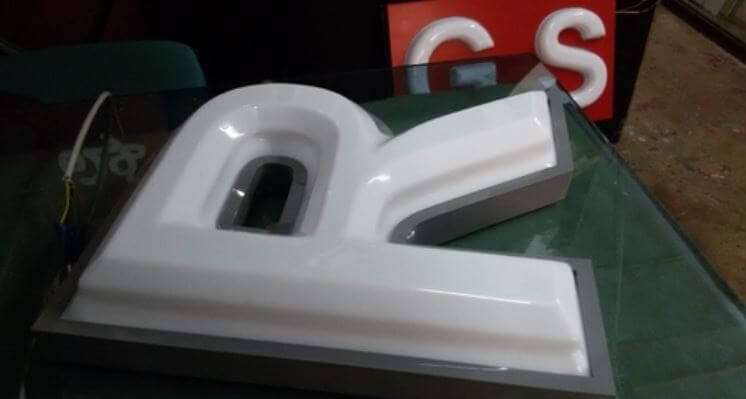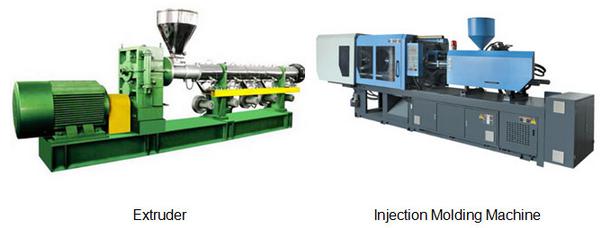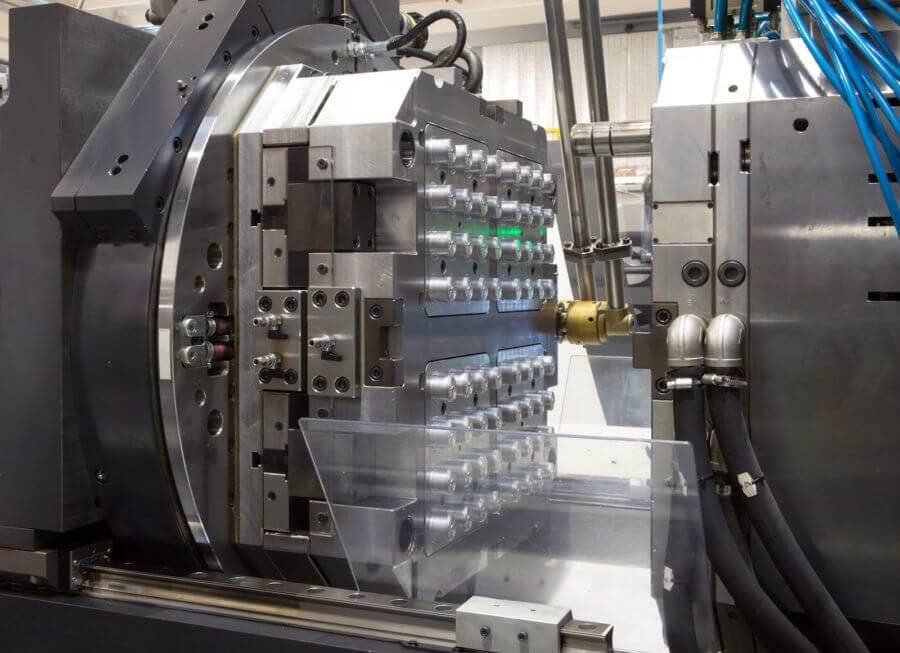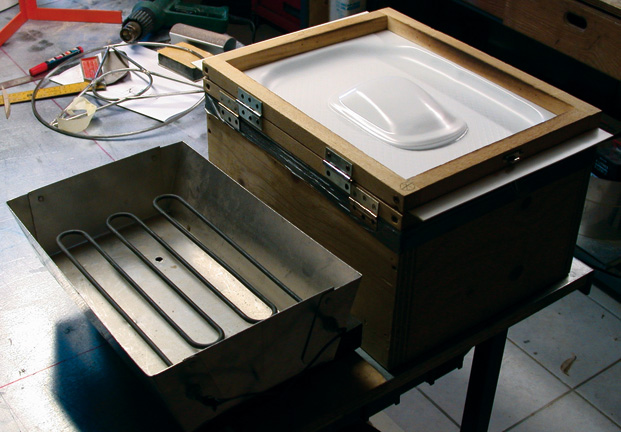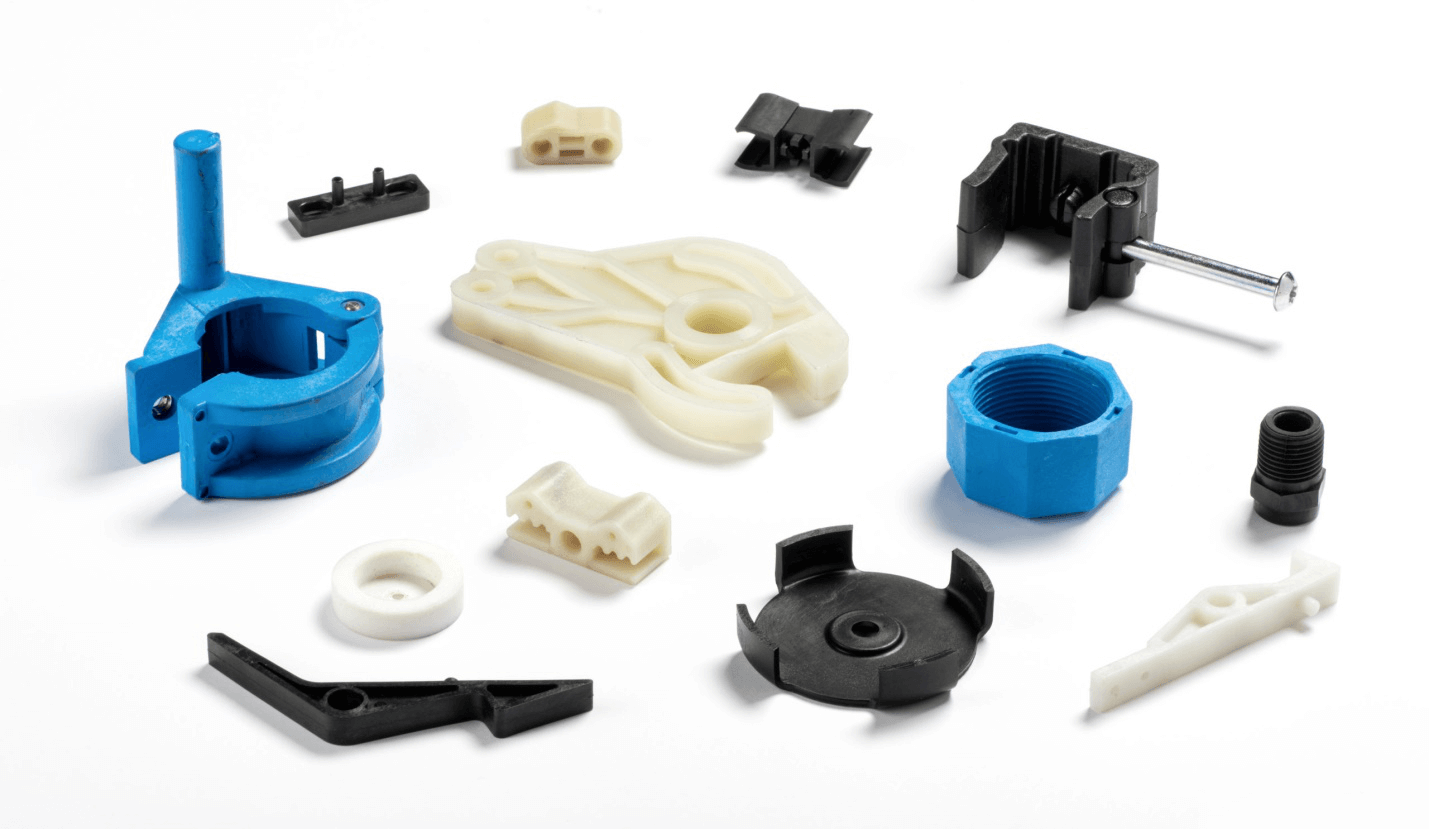How is the temperature controlled in the extruder?
Temperature in an extruder is controlled via sensors, PID controllers, heating elements, and cooling mechanisms for precision. Basic Principles of Temperature Control Temperature control in extrusion is pivotal to ensuring the consistency and quality of the final product. The primary consideration is understanding how heat is transferred within the extruder and the various factors that …
How is the temperature controlled in the extruder? Read More »


